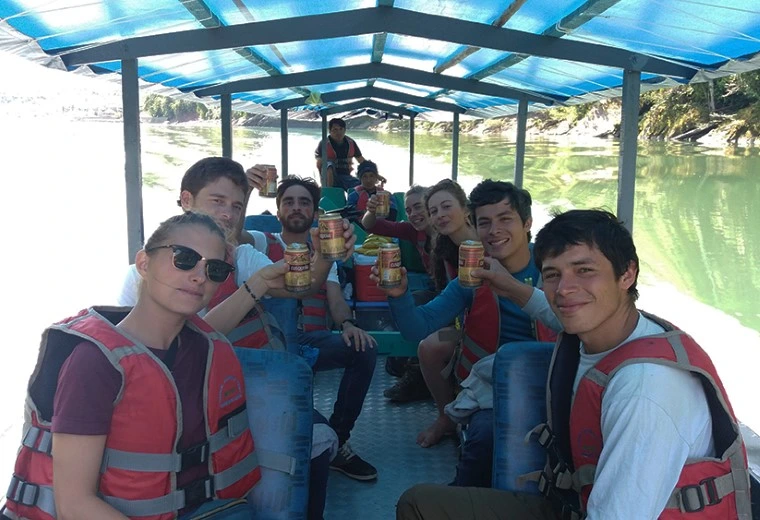If you’re planning a trip to Manu National Park in January, this season offers a unique experience in one of the most biodiverse places on Earth, where the Amazon rainforest is at its peak. Although January is a rainy month, nature comes alive, creating the perfect setting for adventurers who don’t mind the humidity. In this complete guide, we’ll tell you everything you need to know to plan your trip to Manu National Park in January, from weather conditions and activities to practical tips.
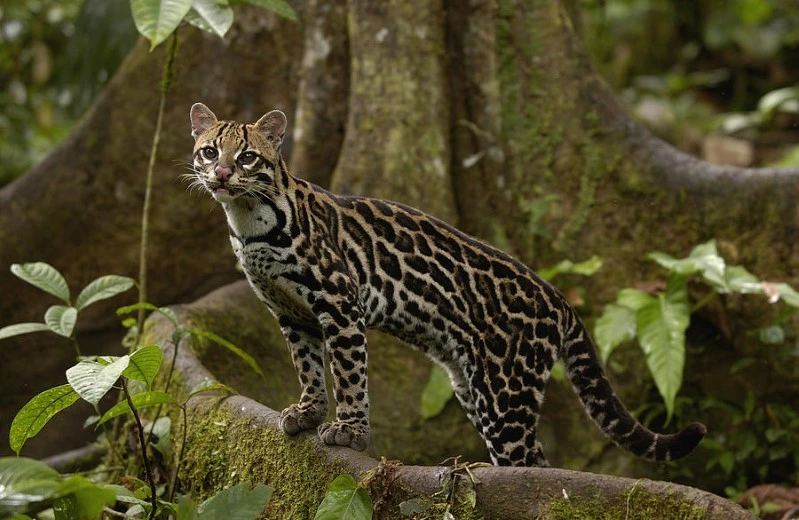
Pros and Cons of Traveling to Manu National Park in January
Pros
- Biodiversity at its peak: A trip to Manu National Park in January lets you see the rainforest at its greenest, with wildlife more active due to the rains.
- Fewer tourists: Since it’s not peak season, you’ll enjoy a more intimate experience with nature.
- Stunning landscapes: Waterfalls and swollen rivers add a magical touch to the scenery.
Cons
- Humid and rainy weather: January is one of the wettest months, which may make some outdoor activities more challenging.
- Difficult trails: Rain can leave paths muddy and rivers swollen, affecting accessibility.
- More insects: Humidity attracts more mosquitoes, so repellent and proper clothing are essential.
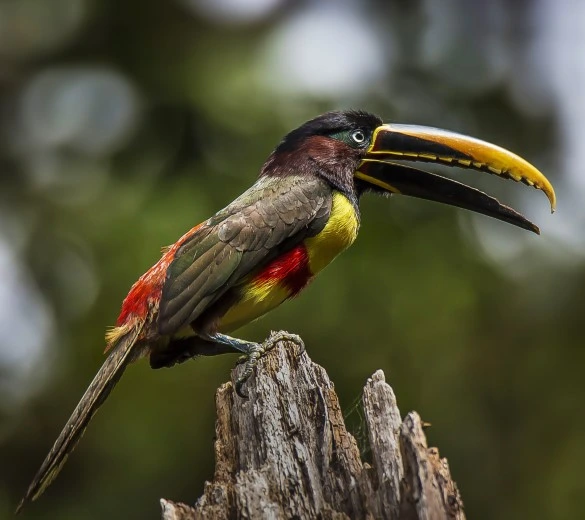
Weather in Manu National Park in January
The weather in January at Manu National Park is humid and warm, typical of the Amazon rainy season. If you’re considering a trip to Manu National Park in January, it’s important to understand the climate. Below are the key details:
Temperature
- Average high: 86°F (30°C).
- Average low: 73°F (23°C).
- Average temperature: 79°F (26°C).
- Extreme records: Previous years have seen highs of 100°F (38°C) and lows of 61°F (16°C).
Rainfall
- Total rainfall: ~15 inches (390 mm) on average.
- Rainy days: Around 20 days in the month.
- Humidity: High, due to frequent rain.
Daylight Hours
- Day length: 12 hours and 45 minutes.
- Sunrise: 5:34 AM.
- Sunset: 6:19 PM.
Tip: Though rain is frequent, the landscape becomes more vibrant, making a trip to Manu National Park in January ideal for photographers and nature lovers.
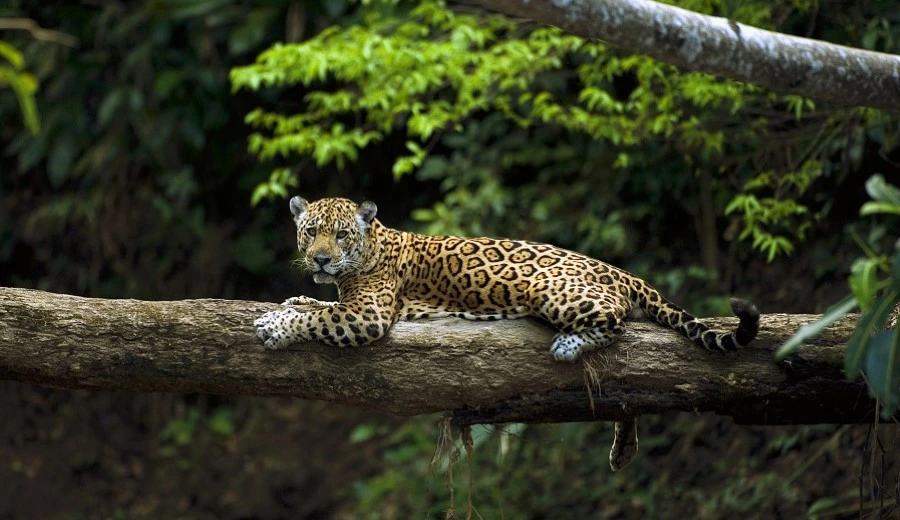
Activities During a Trip to Manu National Park in January
Despite the rain, there are plenty of activities to enjoy in Manu in January:
1. Wildlife Watching
- Birds: January is great for birdwatching, as many species are more active during the rainy season.
- Mammals: You may spot jaguars, monkeys, and other animals approaching rivers to drink.
2. Photography Safari
- The lush vegetation and cloudy skies create perfect conditions for dramatic, colorful photos.
3. River Boat Tours
- Rivers are fuller, allowing navigation to areas that may be inaccessible in drier months.
4. Visiting Clay Licks (Collpas)
- These spots are ideal for observing macaws, parrots, and other animals feeding on minerals.
5. Moderate Hiking
- Some trails may be muddy, but there are still routes that can be explored with the right gear.
Note: Book tours with expert guides to make the most of your trip to Manu in January.
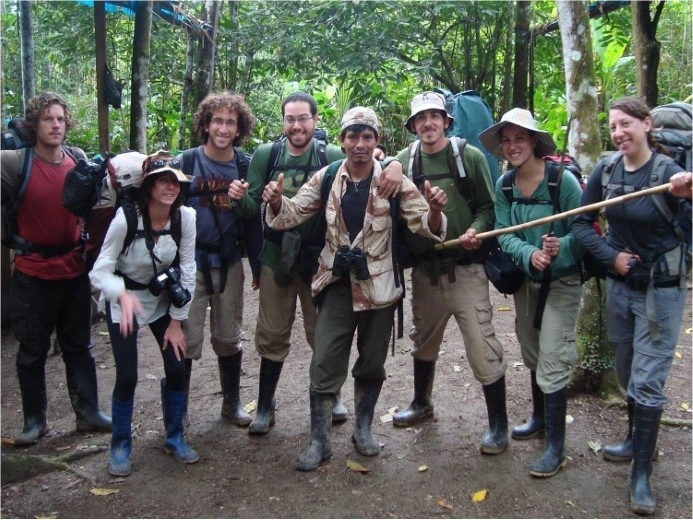
Flora and Fauna in Manu National Park in January
In January, Manu National Park is teeming with life. The rains make trees, flowers, and animals more active, creating a vibrant, colorful landscape. It’s the best time to experience nature at its fullest.
Flora
- The vegetation is at its peak thanks to the rain. Giant trees like cedar and mahogany stand out, along with orchids and bromeliads.
Fauna
- Birds: Macaws, toucans, and harpy eagles.
- Mammals: Spider monkeys, jaguars, tapirs, and anteaters.
- Reptiles & Amphibians: Snakes, poison dart frogs, and caimans.
Fun Fact: In January, animals take advantage of the rain to search for food and shelter, increasing chances of sightings.
FAQs About Traveling to Manu National Park in January
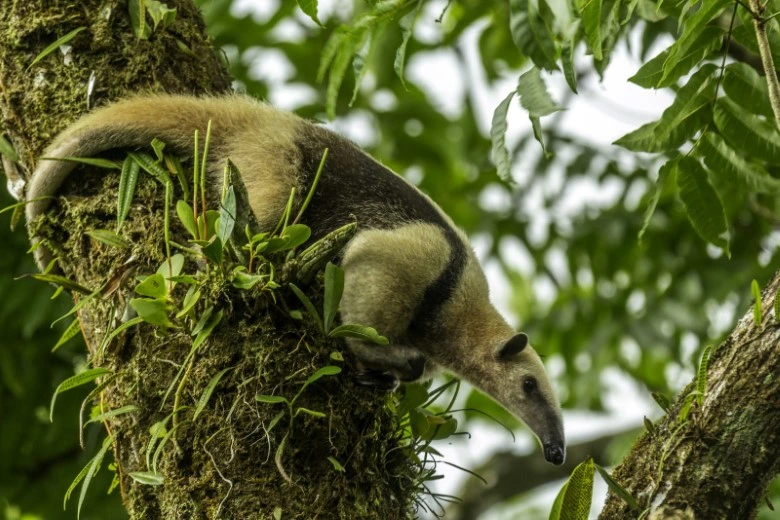
1. Is January a good time to visit Manu National Park?
Yes, if you don’t mind rain and want to see the rainforest at its most vibrant. However, be prepared for humid conditions.
2. What should I pack for my trip to Manu in January?
Packing for this season requires rain-ready gear. Essentials include:
- Waterproof & quick-dry clothing: A good rain poncho or waterproof jacket is a must. Bring lightweight long-sleeved clothes for insect and humidity protection.
- Insect repellent: Mosquitoes are more abundant, so DEET or natural repellent is highly recommended.
- Waterproof footwear: Waterproof hiking boots or sturdy sandals with good grip will help on muddy trails.
- Sun protection: Even on cloudy days, UV radiation is strong—pack sunscreen, a hat, and sunglasses.
3. Do tours to Manu National Park operate normally in January?
Yes, agencies still run tours, but some itineraries may adjust due to weather. For example, river routes may change if water levels are too high. Book with reputable agencies experienced in rainy-season travel.
4. Is it safe to travel to Manu in January?
Yes, as long as you follow guide instructions and prepare for rain. Local guides know the area well and adapt tours based on weather conditions. Bring a first-aid kit and stay aware of weather changes.
5. What’s the best way to get to Manu National Park?
Most tours depart from Cusco, combining a bus ride with a boat trip along the river. This is the easiest and most common way to reach the park, offering stunning views as the landscape shifts from the Andes to the jungle. Depending on your destination within the park, travel time ranges from 7 to 12 hours. Visiting remote areas like the Biosphere Reserve may require longer boat rides.
A trip to Manu National Park in January is a unique experience for nature lovers who don’t fear the rain. With proper preparation, you’ll enjoy a rainforest bursting with life and fewer crowds. Though the weather can be challenging, the reward is a lush, vibrant jungle with fewer tourists. With the right planning, your Manu adventure will be unforgettable.
Ready to explore one of the planet’s most biodiverse places? Pack your gear and get ready for a once-in-a-lifetime experience. Contact us and book today!
Related Trips to Manu National Park:

